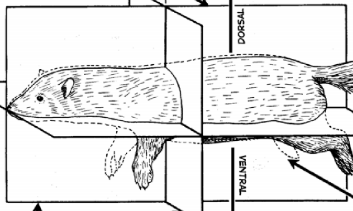Mink Dissection
1/62
Earn XP
Description and Tags
Name | Mastery | Learn | Test | Matching | Spaced |
|---|
No study sessions yet.
63 Terms
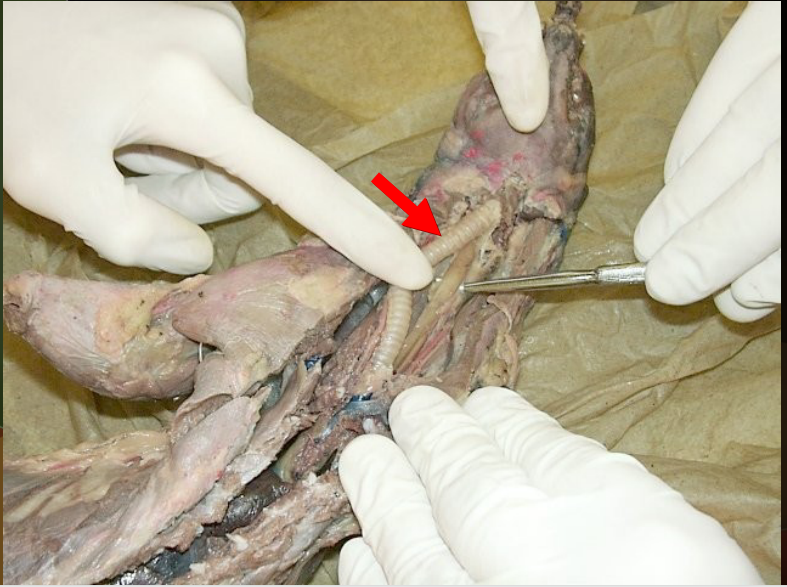
The windpipe of the organism
Trachea
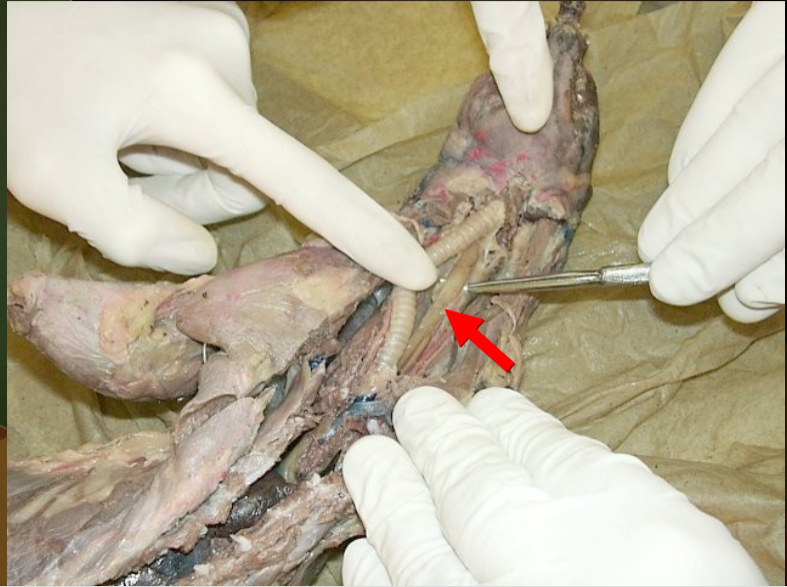
Where food travels down to reach the stomach
Esophagus
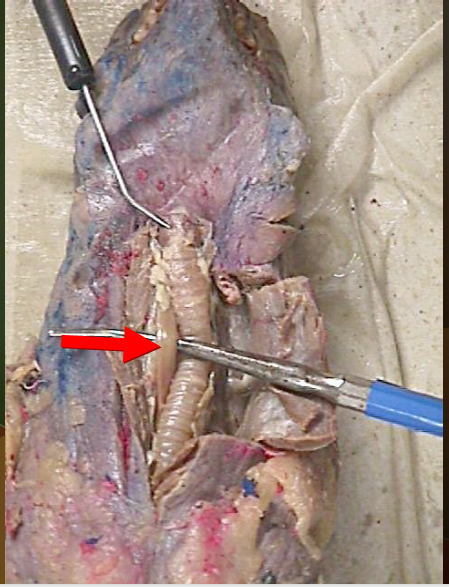
Where food travels down to reach the stomach
Esophagus
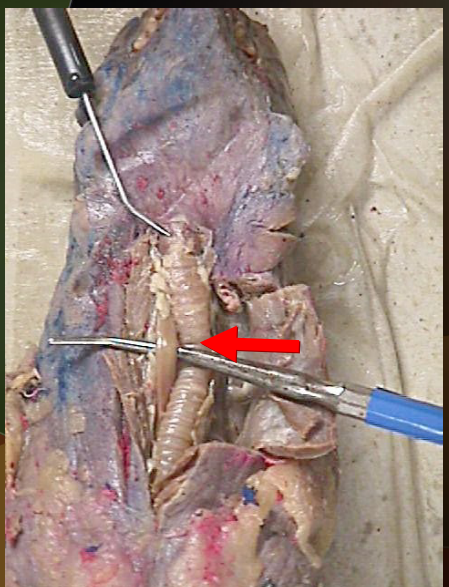
The windpipe of the organism
Trachea
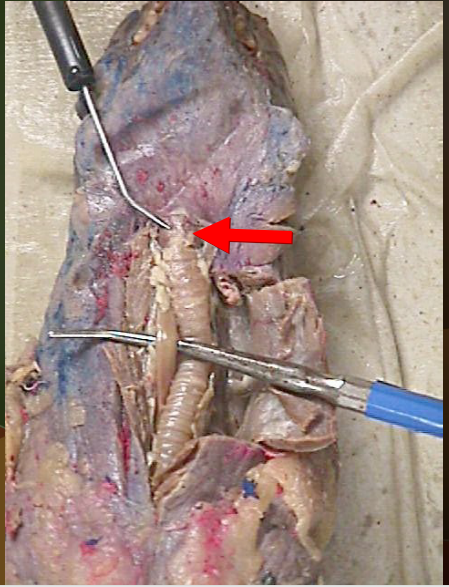
Contains vocal cords and helps makes sure food doesn’t go into the trachea
Larynx
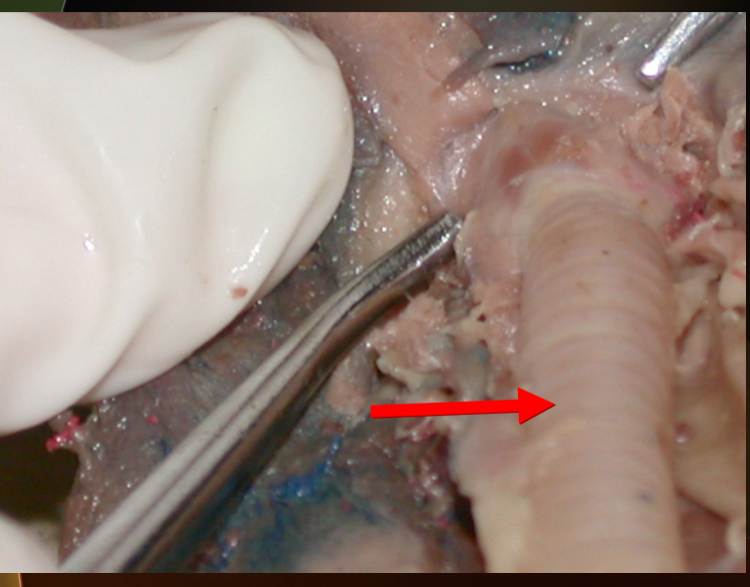
What air goes through to reach the lungs
Trachea
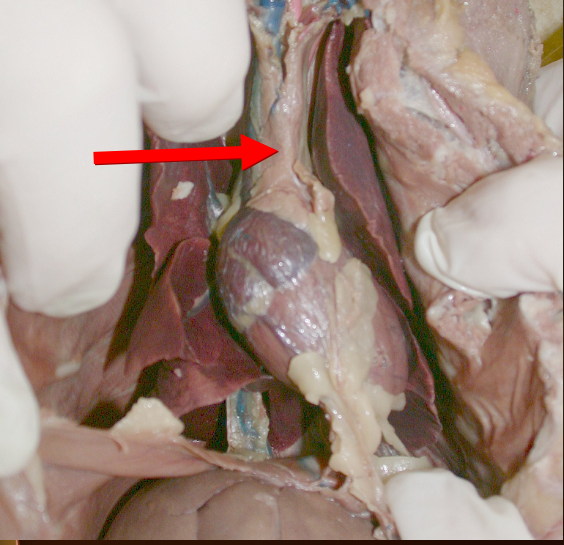
Produces immune system cells
Thymus gland
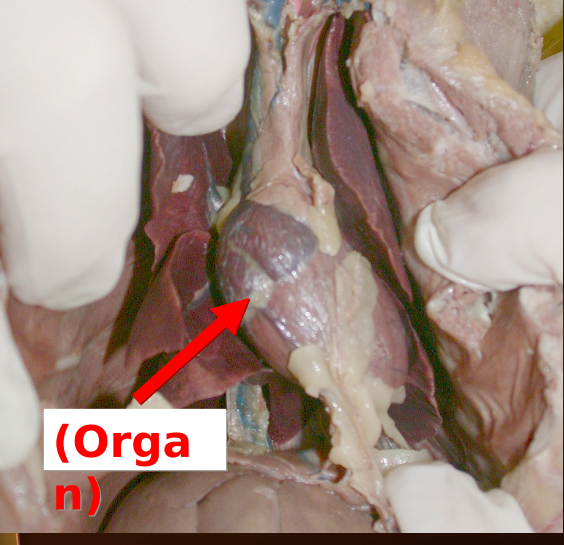
Pumps blood throughout the body
Heart
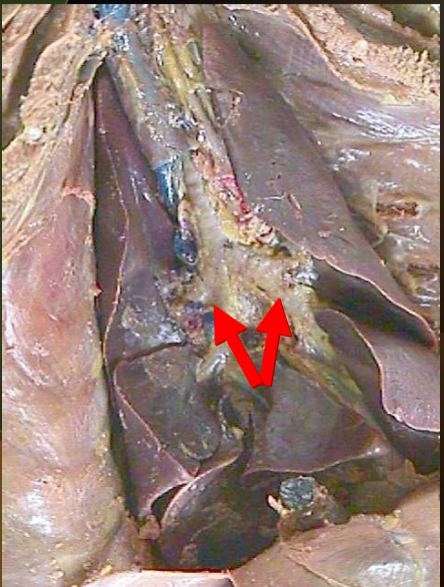
carry air to and from lungs
Bronchi
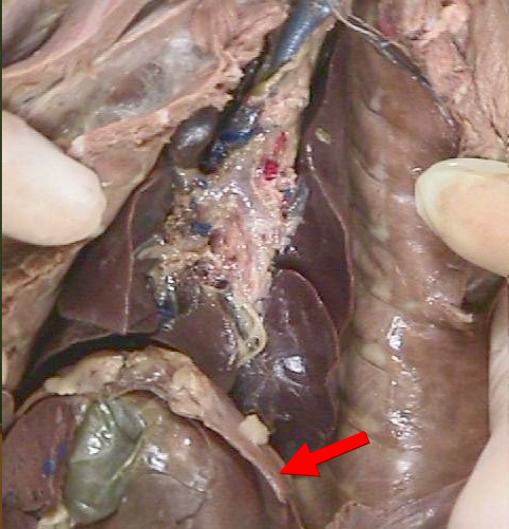
helps breathing by making contractions which increase the volume of the thorax and inflates lungs.
Diaphragm
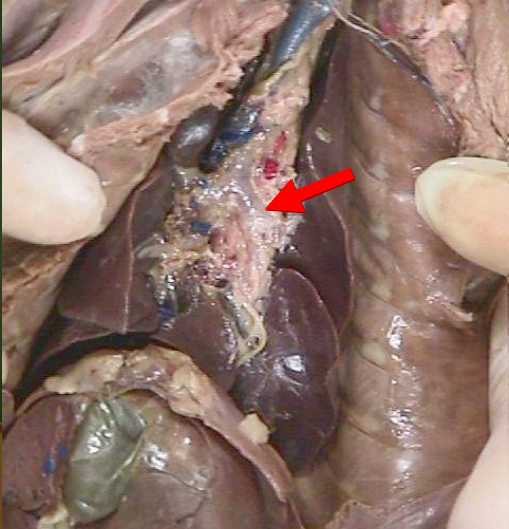
Carries air to and from lungs
Bronchi
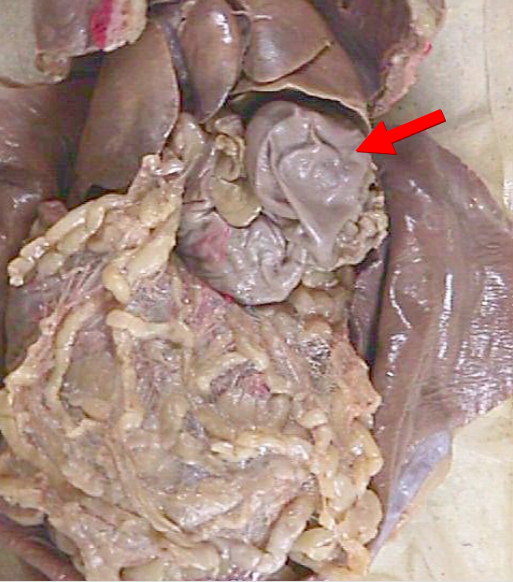
Helps breakdown food and sends it to the small intestine
Stomach
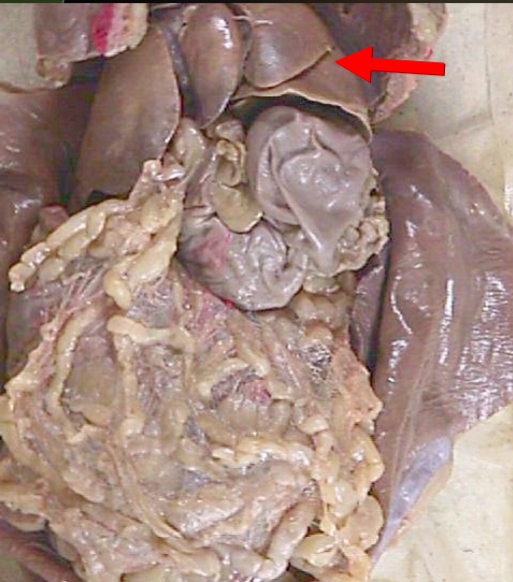
Produces enzymes and helps breakdown substances to make sure blood flows well.
Liver
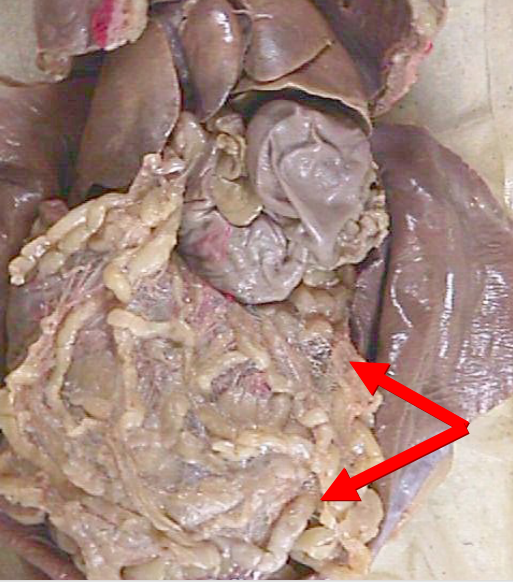
Contain immune cells for safe keeping
Greater omentum
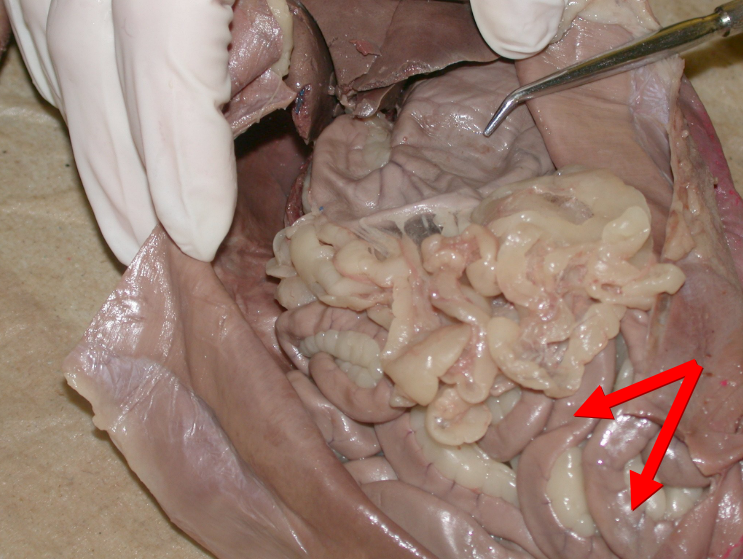
Absorb nutrients and breakdown foods
Intestines
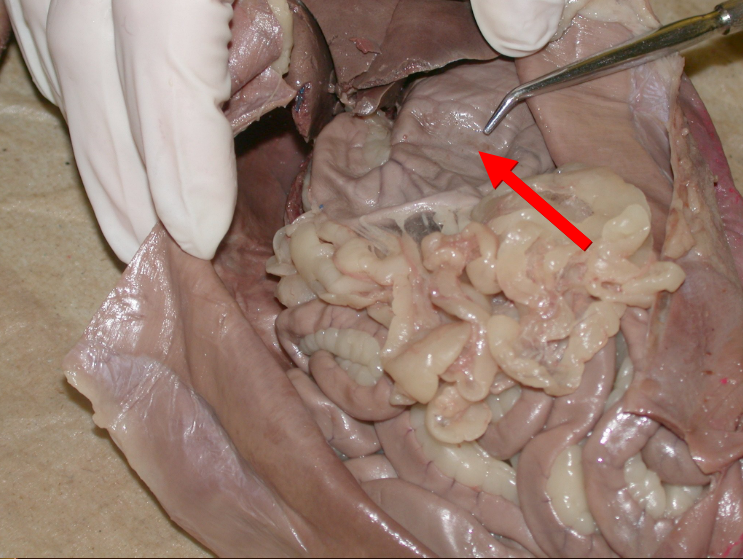
churns foods doing a lot of the digesting
Stomach
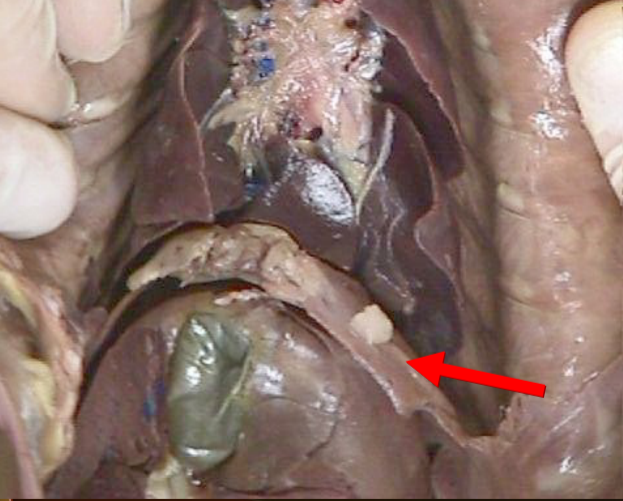
helps with breathing through increasing volume
Diaphragm
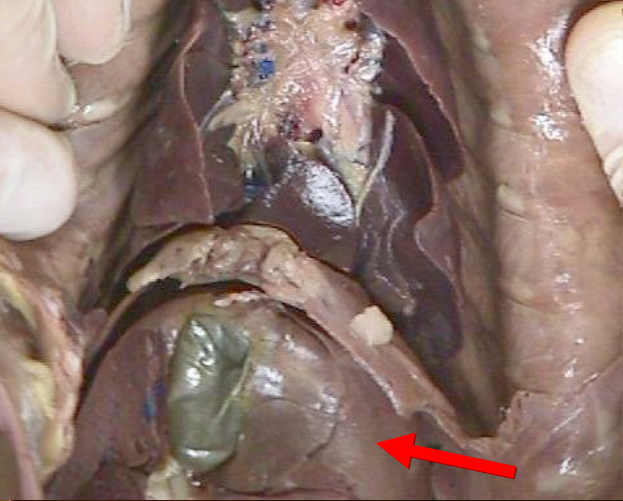
breakdowns substance enabling better blood flow
Liver
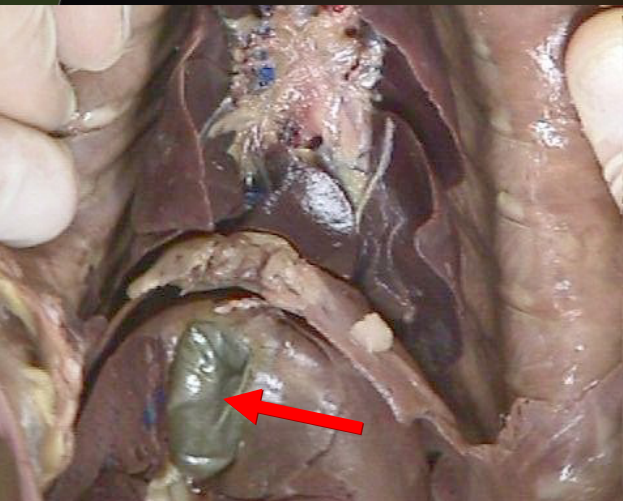
works along side with the Liver to create enzymes
Gall bladder
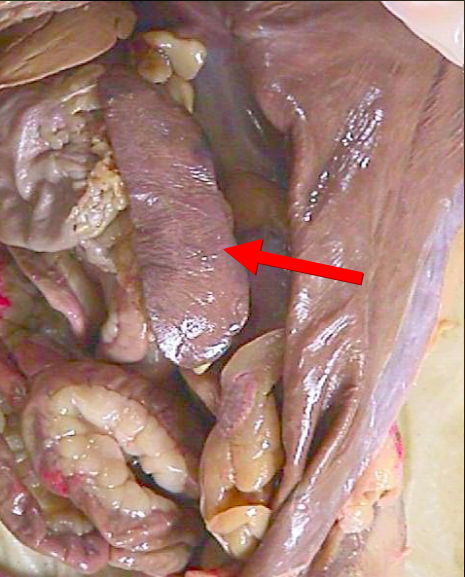
Fights germs in the blood
Spleen
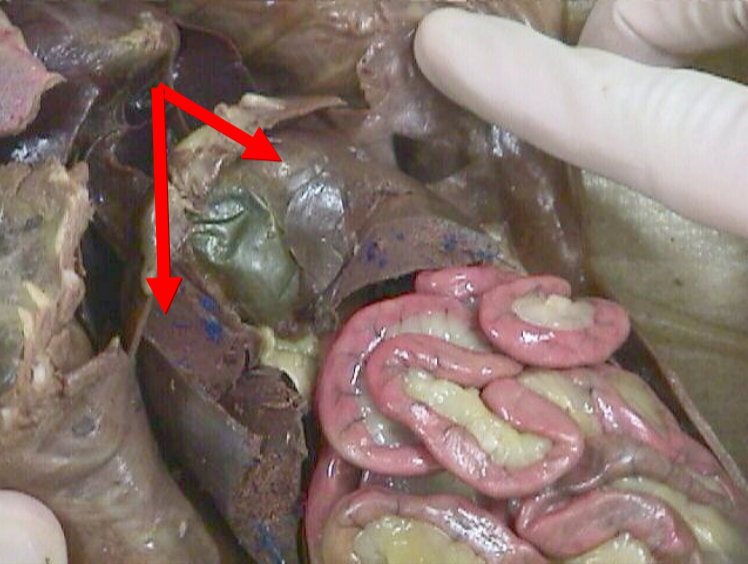
controls and filters substances
Liver
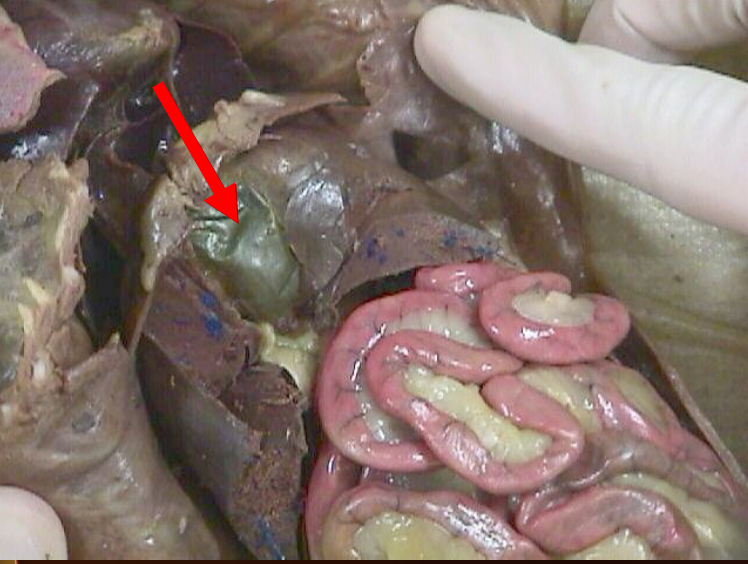
helps along with the pancreas to create enzymes
Gall bladder
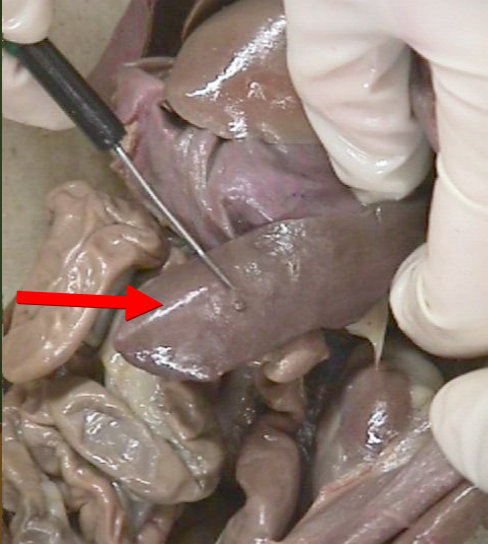
fights blood pathogens
Spleen
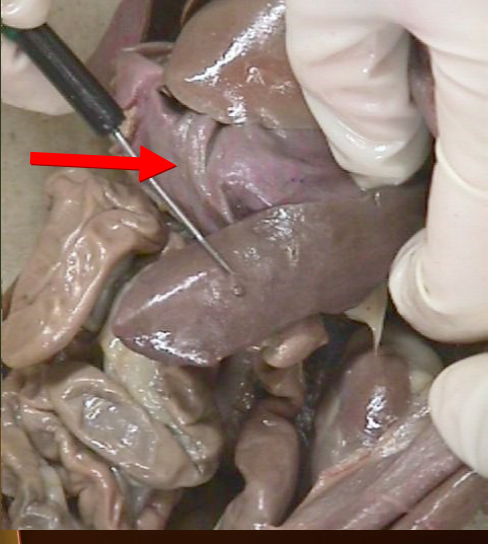
churns food and digest it
Stomach
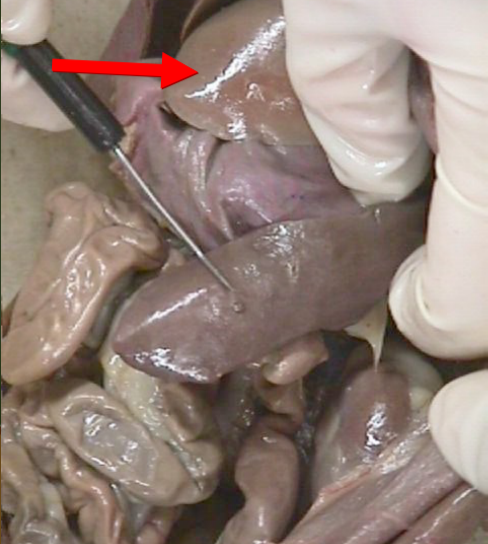
filters bad substance out from your blood
Liver
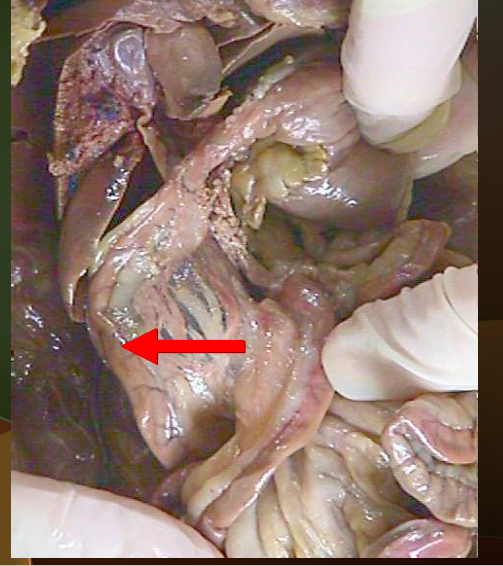
Helps absorbs vitamins
Duodenum
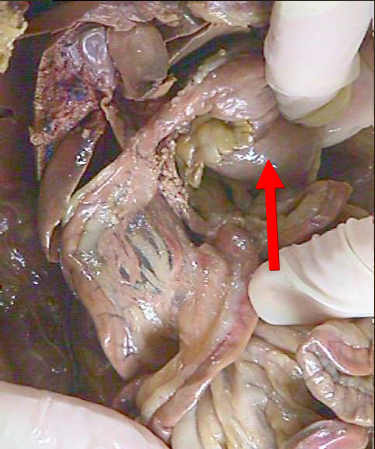
does most digestion with acid
Stomach
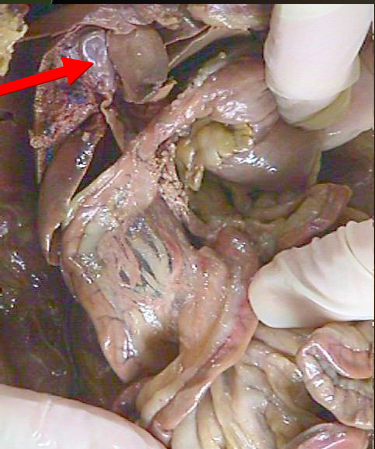
creates enymes with the pancreas
Gallbladder
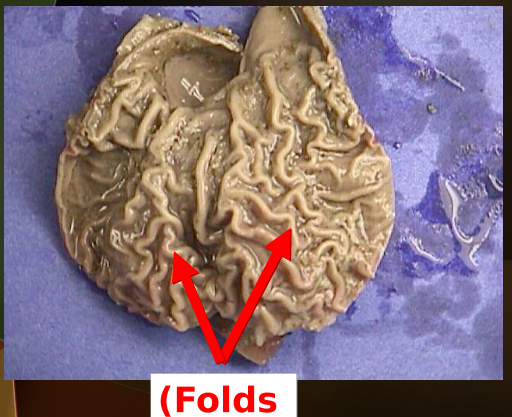
increases surface area which then increases digestion and absorption
Gastric rugae
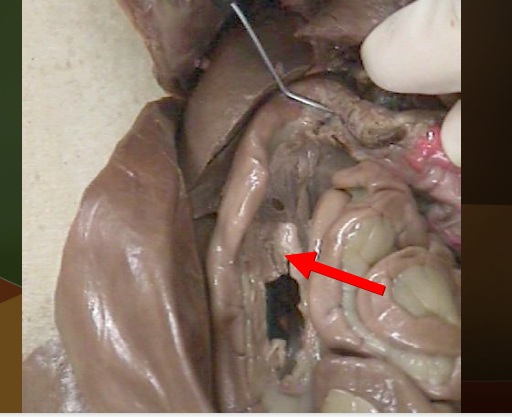
helps produce enzymes that help digest food, especially protein
Pancreas
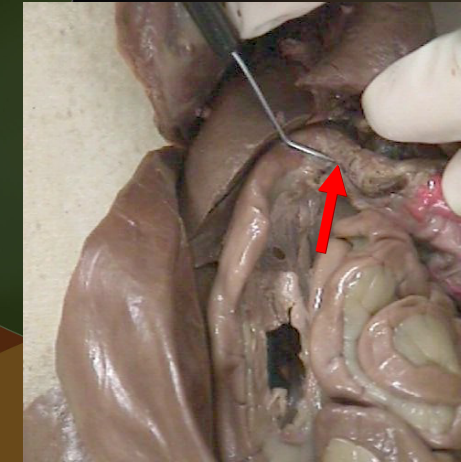
allows food to pass into small intestine
Pyloric sphincter
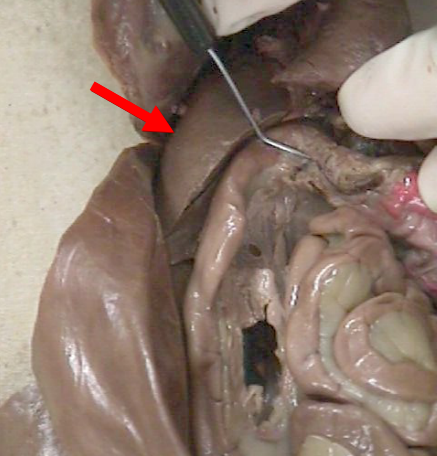
produces enzymes with the pancreas and gall bladder
Liver
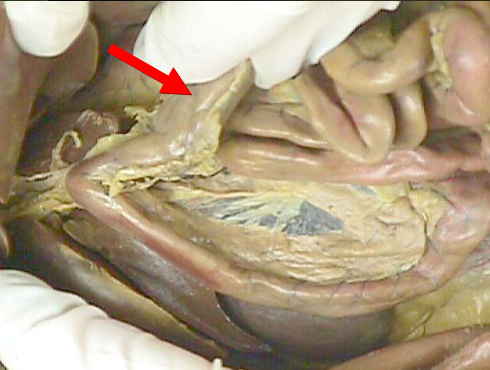
where most digestion occurs
Stomach
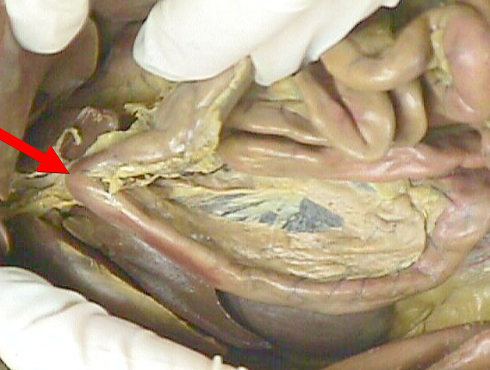
allow food to go into small intestine.
Pyloric sphincter
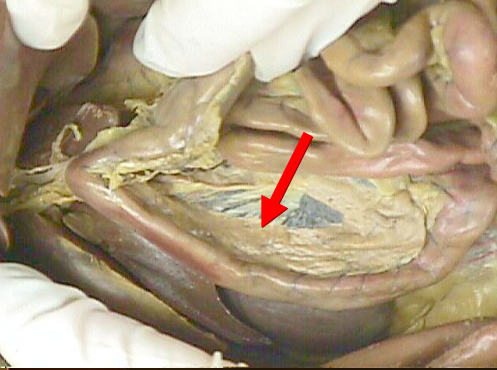
Produces insulin
Pancreas
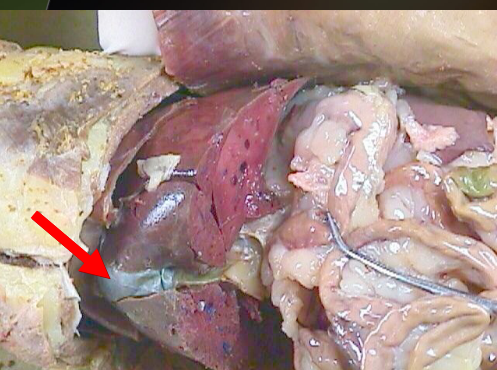
small organ usually connected to liver
Gall Bladder
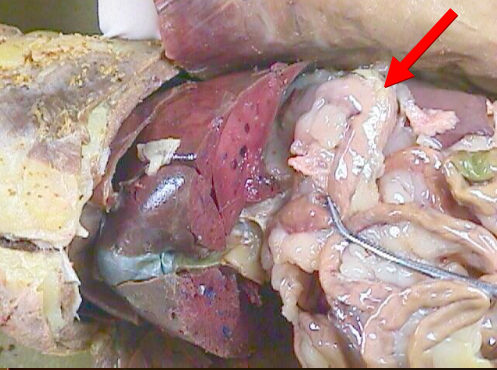
helps break food down finely through a churning process with the help of its acid
Stomach
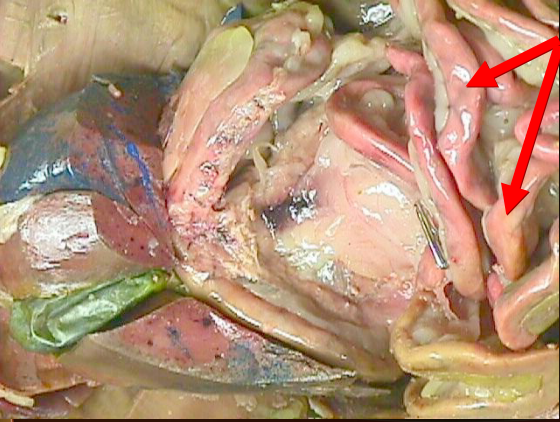
helps absorb nutrients for food and leads to rectum
Intestines
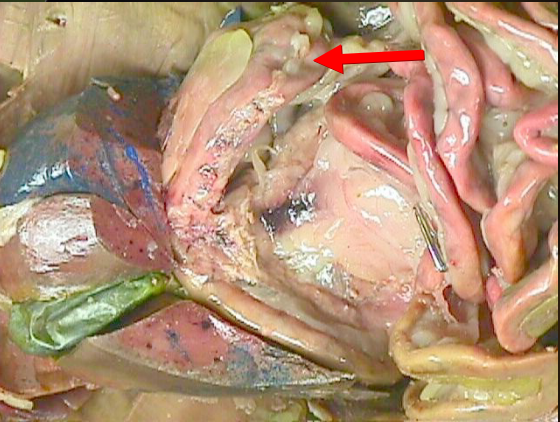
uses chemical and physical digestion to breakdown with acid
Stomach
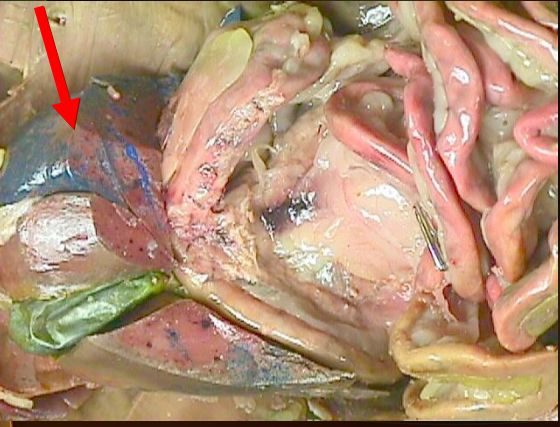
one of the most important organs
Liver
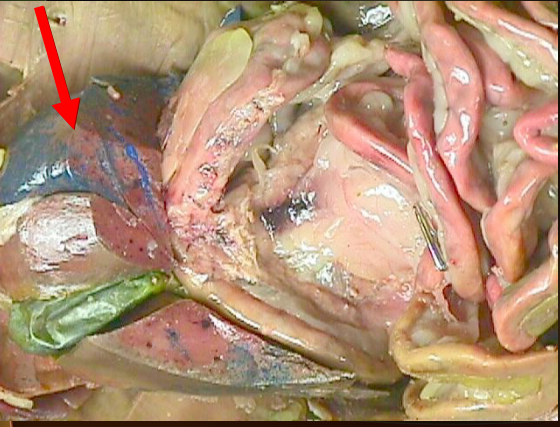
drains deoxygenated blood from the upper body into the right atrium
Superior vena cava
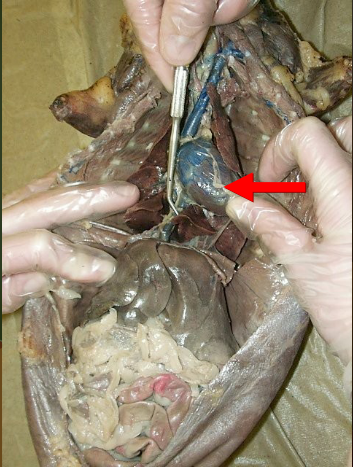
pumps blood throughout the body
Heart
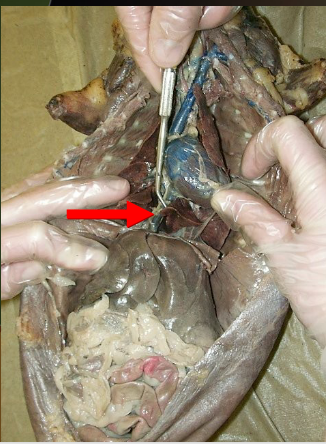
just like the superior version of it’s self except gets blood from the bottom half of the body
Inferior vena cava
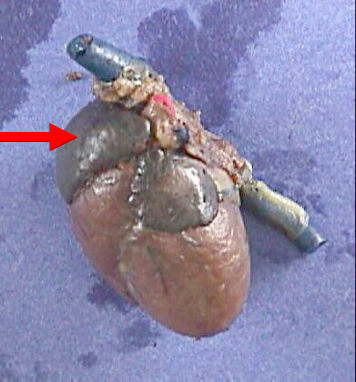
receive oxygen poor blood and pumps it into the right ventricle
Right atrium
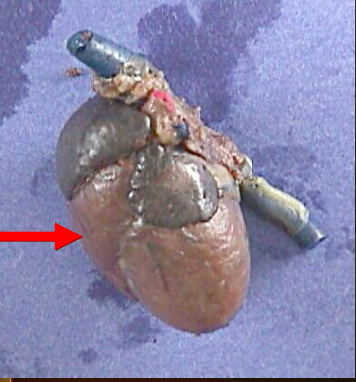
accepts the deoxygenated blood and shoots it to the lungs
Right Ventricle
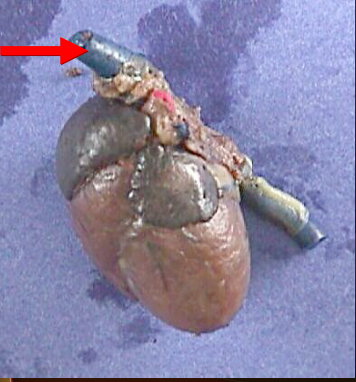
drains deoxygenated blood from the upper body into the right atrium
Superior vena cava
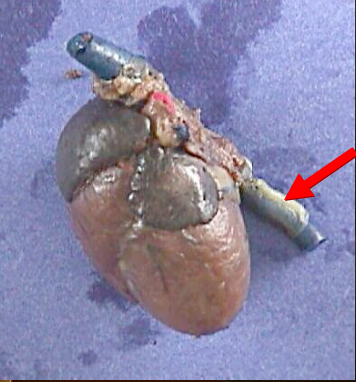
just like the superior version of it’s self except gets blood from the bottom half of the body
Inferior vena cava
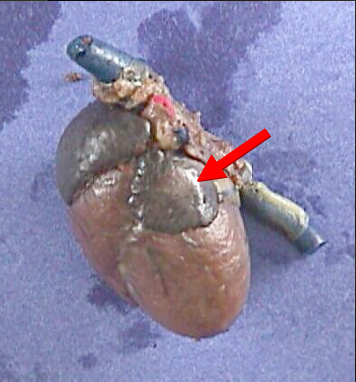
receives oxygen-rich blood and pumps it into left ventricle
Left Atrium
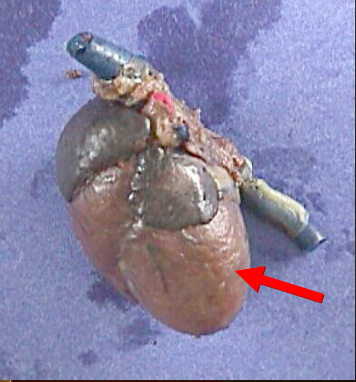
pumps the oxygenated blood throughout the body
Left ventricle
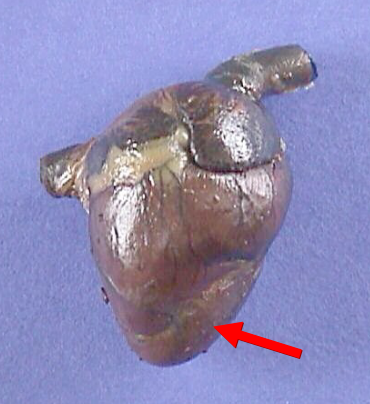
pumps the oxygenated blood throughout the body
Left Ventricle
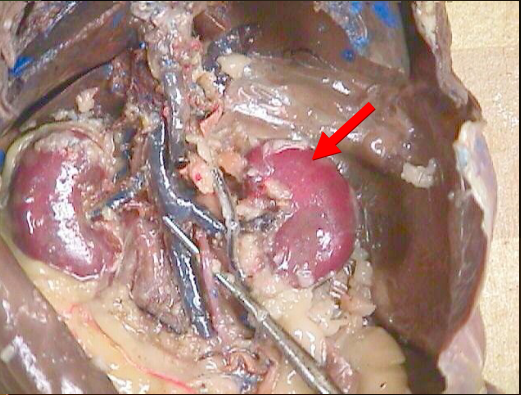
Removes waste from the blood and makes urine.
Kidney
Toward the head/front
Cranial Anterior
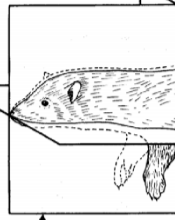
Away from the back
Dorsal
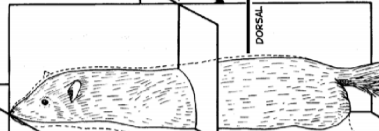
Toward the point of attachment
Proximal

Toward the midline
Medial

Toward the tail/back
Caudal/Posterior
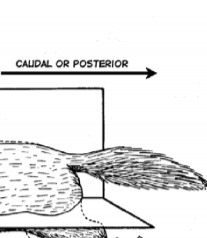
toward from the belly
Ventral

Away from point of attachment
Distal
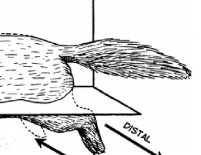
Away from midline
Lateral

Line that goes down the center of the mink vertically
Midline
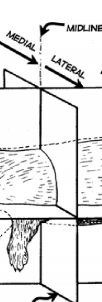
Plane that cuts through the middle of mink from left to right
Transverse Plane
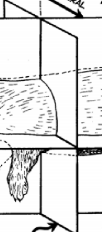
Plane that Horizontally cuts down the middle of the mink
Frontal Plane

Plane that cuts through the middle of the mink from top to bottom
Sabittal Plane
